By Louise Irvine
A presentation for the Lewis Carroll Society of North America inspired me to look more closely at the Dodos in our Mad Tea Party exhibition which celebrates the Wonderland adventures of Alice down the rabbit hole and through the looking glass. The dodo is a caricature of the author, Charles Lutwidge Dodgson, and is believed to be based on his stammer when he introduced himself as Do-do-Dodgson.
In Alice’s Adventures in Wonderland, published in 1865, the Dodo met Alice when she swam to the shore of the Pool of Tears. He proposed a Caucus Race for the soaked animals to dry off and they started and finished wherever they pleased. The Dodo declared everyone a winner and Alice had to give them all prizes. She found some comfits in her pocket and a thimble which the Dodo awarded to her. The chaotic Caucus Race is Dodgson’s satire on the indecisiveness of the political caucus system.
Alice and Dodgson would have known the Dodo in the Oxford University Museum of Natural History which has the only surviving remains of the extinct bird’s soft tissue. The flightless bird was first encountered by Europeans in the late 16th century on the island of Mauritius in the Indian Ocean. It nested on the ground and was hunted to extinction by sailors and animals they brought ashore who destroyed the dodo habitats and ate their eggs. The last confirmed sighting was in 1662, shortly after the Oxford Dodo specimen was documented in the Tradescant collection. Paintings by George Edwards and Jan Savery in the Oxford collection inspired John Tenniel, the original illustrator of the Dodo in Alice’s Adventures in Wonderland.
William De Morgan, the Victorian Artist potter, designed several tiles depicting the Dodo. He also portrayed other fantastic creatures from Lewis Carroll’s Wonderland and his later nonsense poem The Hunting of the Snark. Subtitled An Agony in Eight Fits, the Snark poem was published in 1876 with illustrations by Henry Holliday, a close friend of De Morgan. They met while students at the Royal Academy Schools and used to play a game together drawing fantastical beasts inspired by folk lore and fairy tales. As a child, De Morgan enjoyed similar cartoon sessions with his father, a Professor of Mathematics, who nurtured learning through arts and science.
De Morgan left his academic art school training when he met the influential designer, William Morris, and became more interested in the decorative arts. Embracing the ideals of the Arts and Crafts movement, De Morgan worked on stained glass designs for Gothic Revival churches supplied by the Firm of Morris, Marshall, Faulkner and Company. Apparently when he began experimenting with ceramics, his kiln caught fire and damaged the ceiling of his rented London apartment. In 1872, De Morgan set up his own pottery works in Chelsea and decorated blank commercial tiles bought from Minton and Wedgwood in Staffordshire.
William Morris and William de Morgan were both influenced by the “Persian” style of decoration displayed in the new South Kensington Museum, now the V & A. The so called “Persian” ceramics were made in the Turkish town of Iznik from the 1500s. De Morgan was particularly enamored with the bright turquoise color which he incorporated into many of his ceramic designs. One of his early commissions was to provide additional tiles for the Arab Hall in Kensington, London created by Frederick Lord Leighton, an avid collector of Islamic tiles.
De Morgan’s greatest ceramic legacy is his rediscovery of the lost art of luster decoration. The technique was popular in ancient Egypt and in the maiolica wares of the Renaissance era. By trial and error, De Morgan gradually perfected ruby luster glazes which were so revered that that he was invited to give a talk to the Egyptian government in 1892. However, by the time he was fully satisfied with his luster techniques, the style had gone out of fashion and he claimed that “nobody wants them.” This is certainly not true today as his luster wares are in huge demand among collectors.
In 1881, De Morgan moved his studio close to the new Merton Abbey workshops of William Morris, where he made tile designs to accompany carpets, textiles and tapestries for fashionable aesthetic interiors. Many of De Morgan’s designs were sold through the Morris & Co showroom in Oxford Street and the Reverend Charles Dodgson purchased a set of ruby luster tiles for the fireplace of the common room at Christ Church, Oxford where the faculty would gather for afternoon tea or a glass of wine.
Rev. Dodgson met De Morgan in 1882 and the artist-potter visited his rooms for which he provided another set of ruby luster fireplace tiles. The men shared a vivid imagination for fantastical creatures and De Morgan’s tiles can be interpreted as the Dodo and the Jabberwock. There is a fawn from Through the Looking Glass and a beaver from The Hunting of the Snark. The repeating tiles of comical ducks might allude to his friend, the Rev. Robinson Duckworth, nicknamed the Duck. The fireplace design also includes a medieval sailing vessel, which was a favorite motif of De Morgan’s since childhood. Carroll’s bank records show that he paid £52.10 for his fireplace tiles.
The WMODA exhibit includes Dodos by other ceramic artists including the John Beswick Studio model from 1973. The Ardmore Studio in South Africa has made a whimsical Dodo teapot which would enhance any Mad Hatter’s tea party. Andrew Hull, a British ceramic sculptor made a Dodo Jester, which we would love to have at WMODA together with one of David Burnham Smith’s amazing Dodos. We were intrigued to see that Jonathan Anderson of the Loewe fashion house celebrated William De Morgan, one of his Arts & Crafts heroes with a collection of men and womenswear, including a purse with a dodo.
Sally Tuffin of the Dennis Chinaworks has been inspired by William De Morgan ever since her husband, Richard Dennis, published the reference books about the Victorian artist-potter. Richard became an avid collector of his work and created a fireplace in his Somerset home. Look closely and you will see another Dodo.
Read more about De Morgan
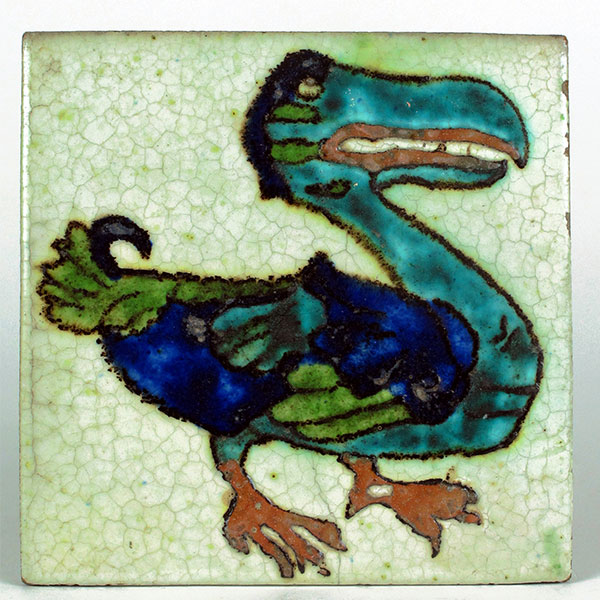
William De Morgan Dodo Tile
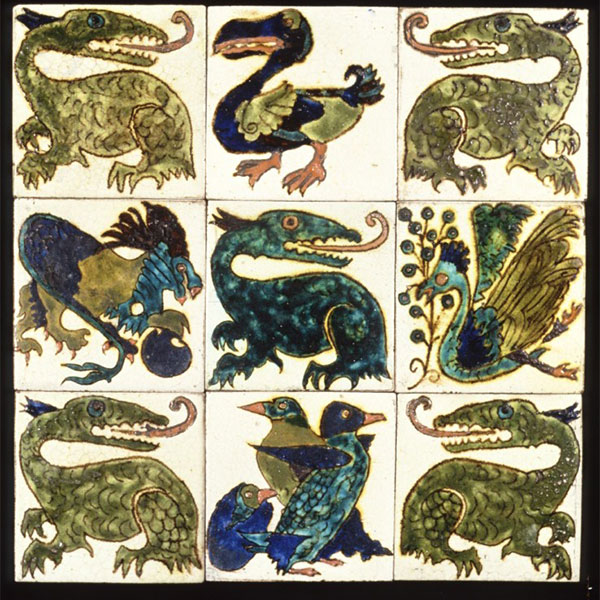
De Morgan tiles Fantastic Creatures
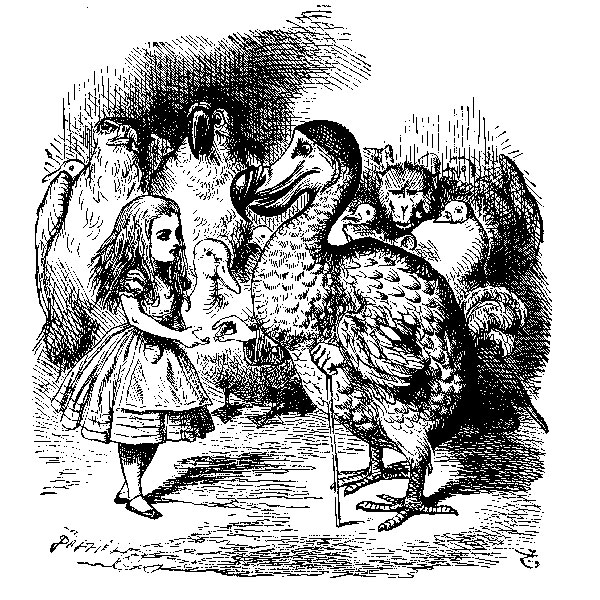
Alice and Dodo J. Tenniel 1865
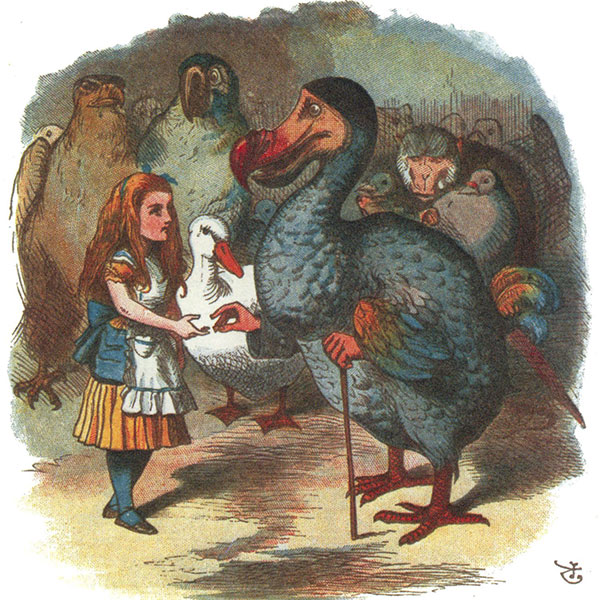
Alice and Dodo Nursery Alice J. Tenniel 1890
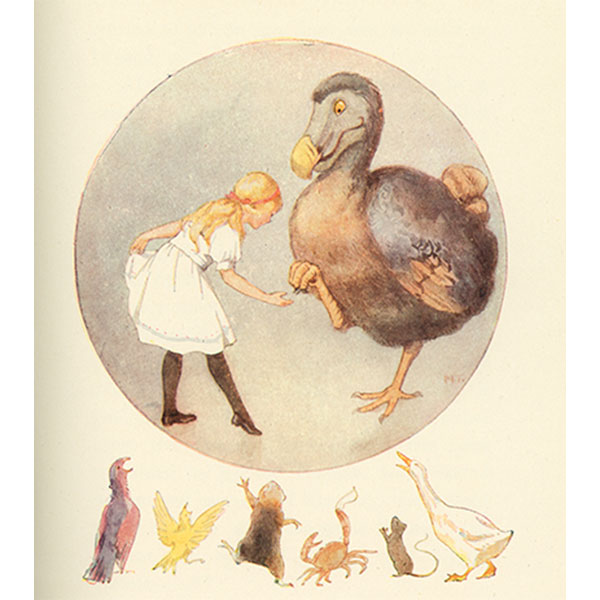
Alice and Dodo M. Tarrant
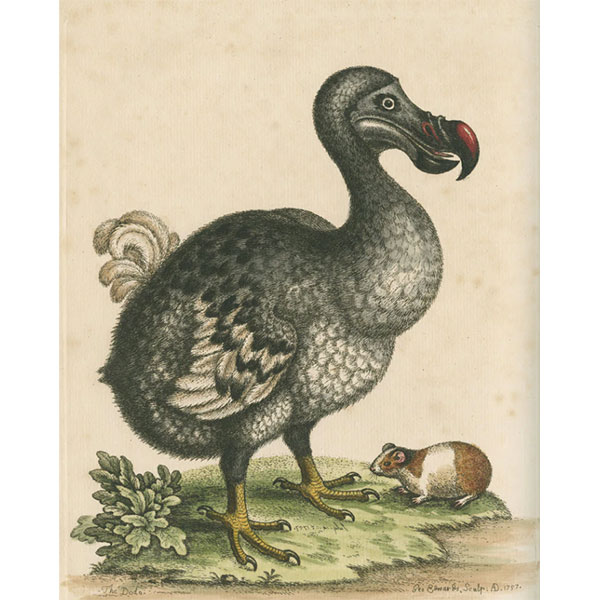
Dodo G. Edwards
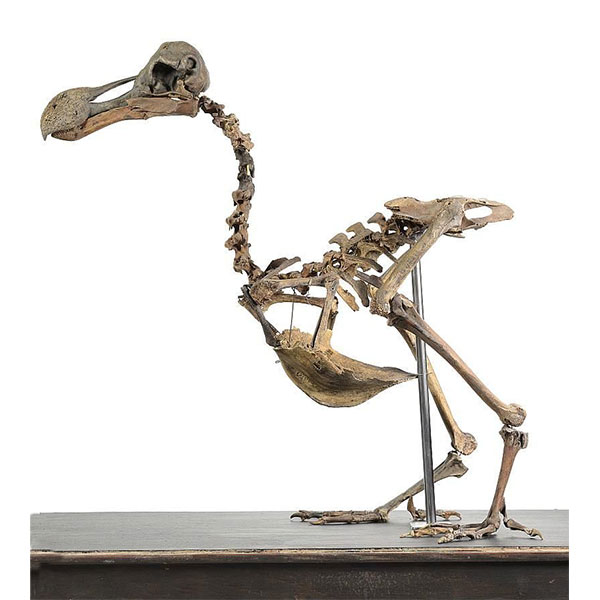
Dodo Skeleton
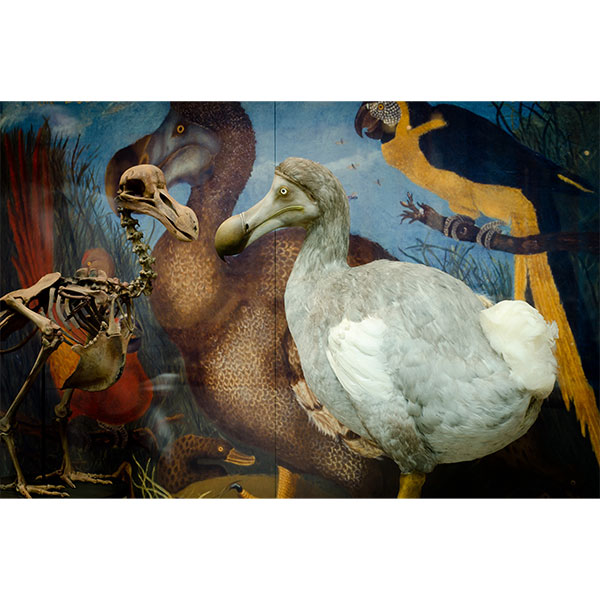
Dodo in Oxford Museum
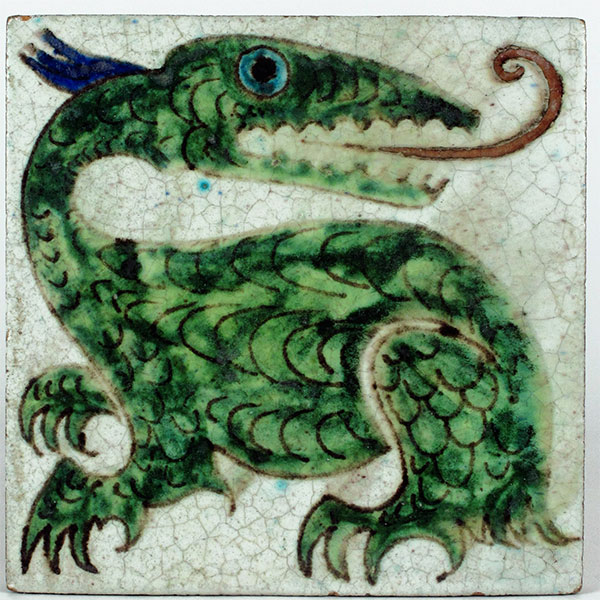
Jabberwock Tile William De Morgan
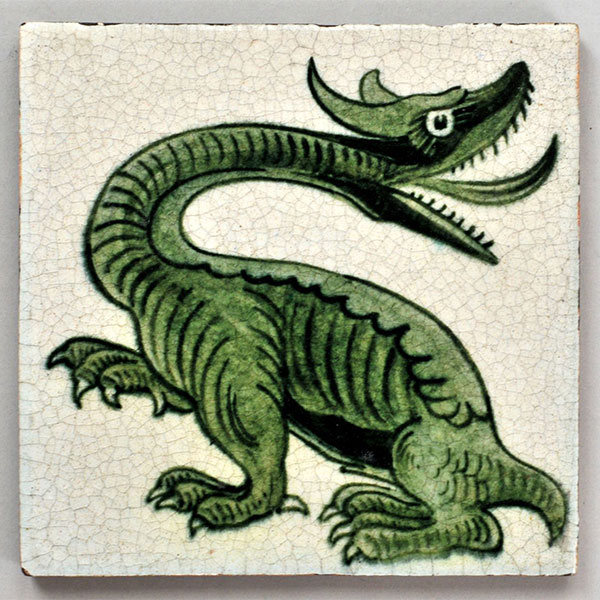
Dragon Tile William De Morgan
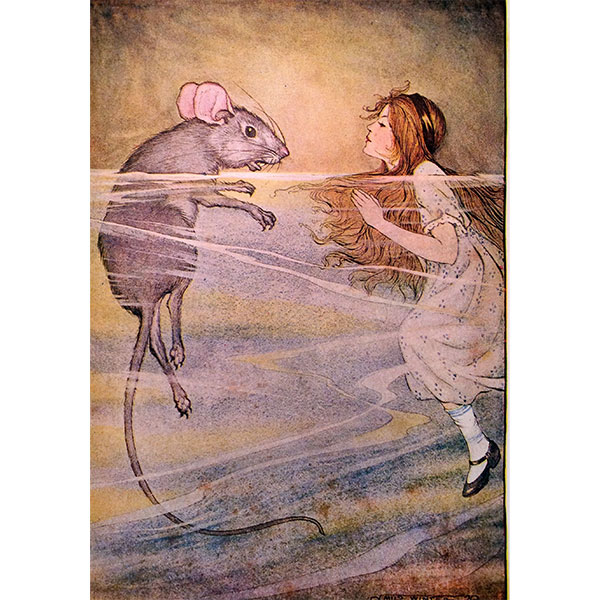
Alice in the Pool of Tears by M. Winter
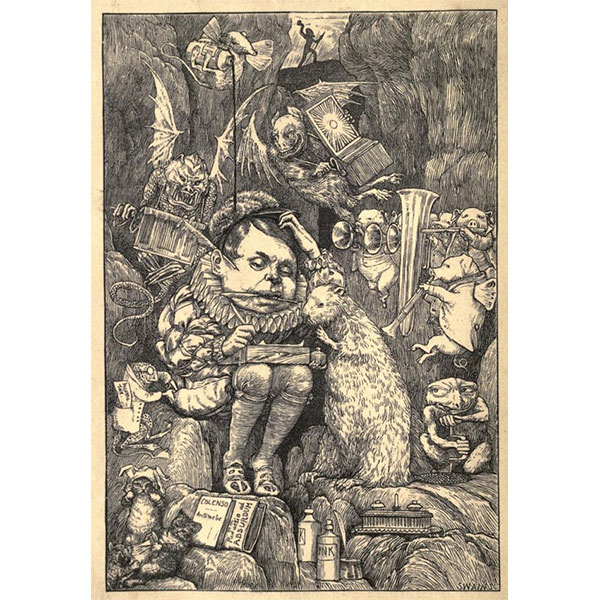
Hunting of the Snark H. Holliday
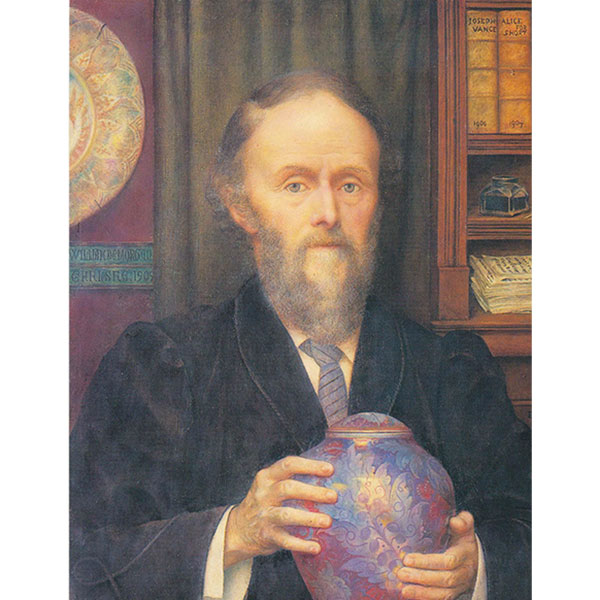
William De Morgan by Evelyn De Morgan National Portrait Gallery
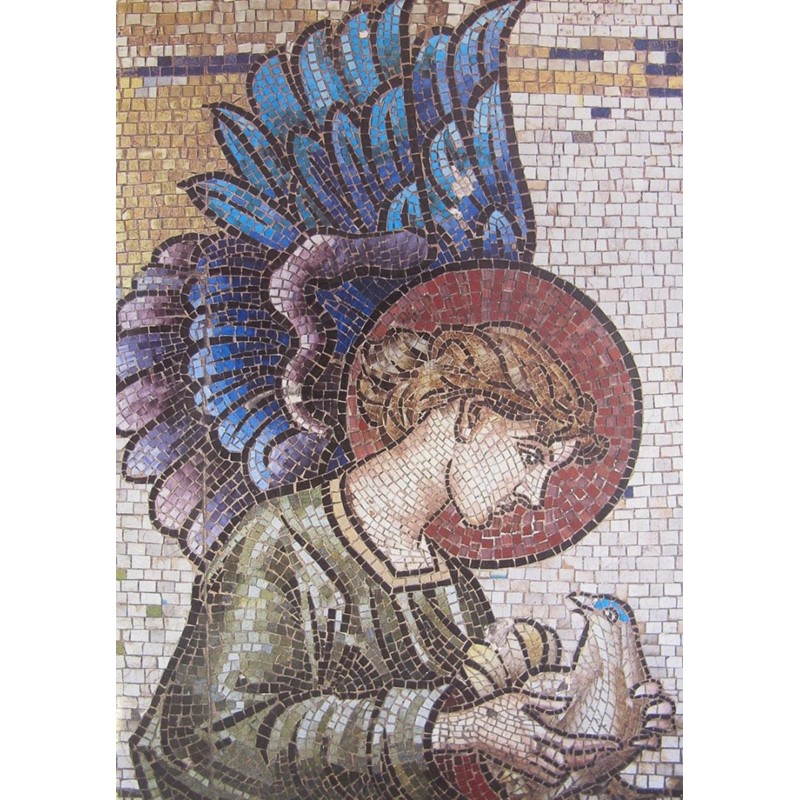
Angel Mosaic William De Morgan Kensington & Chelsea Library Collection
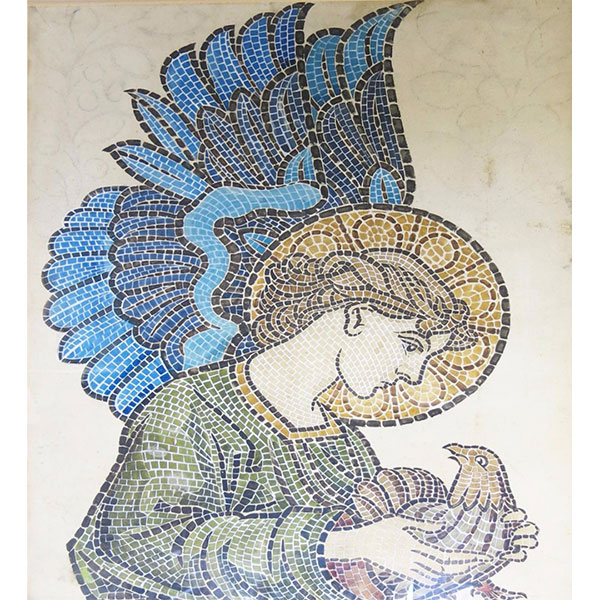
Angel with Dove Mosaic Watercolor William De Morgan
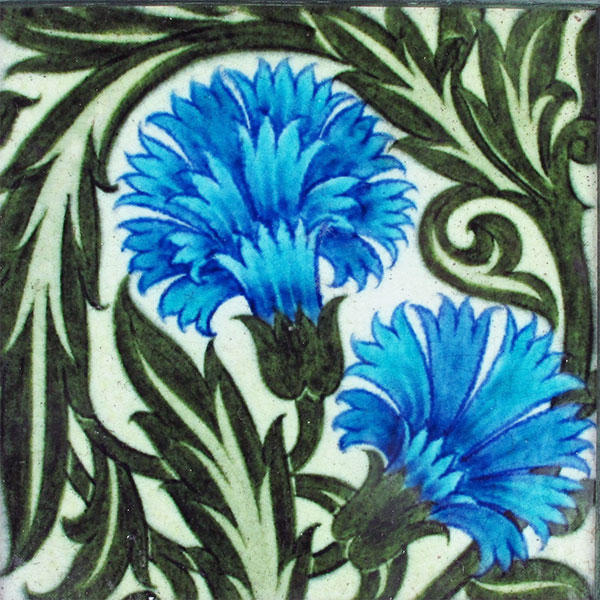
Iznik Style William De Morgan
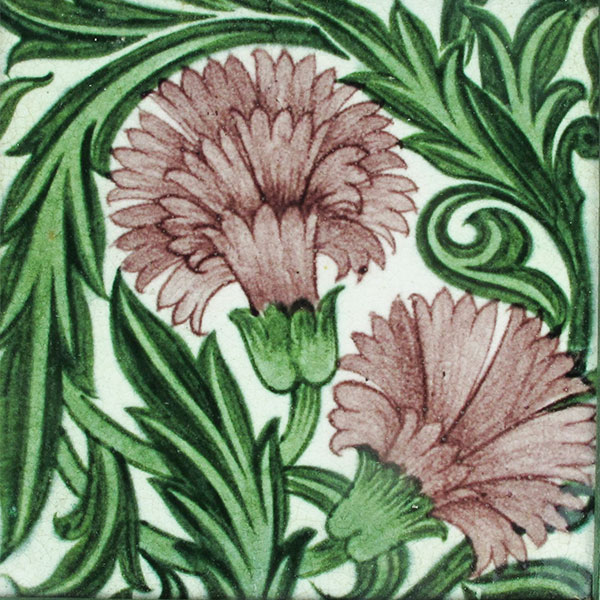
Iznik Style William De Morgan
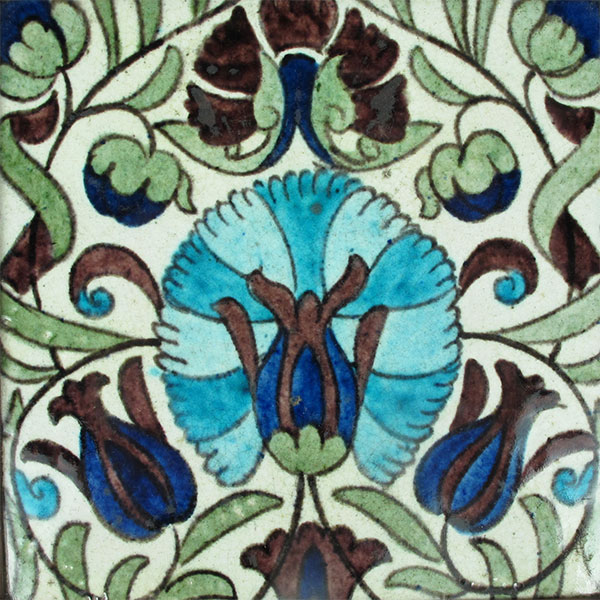
Iznik Style William De Morgan
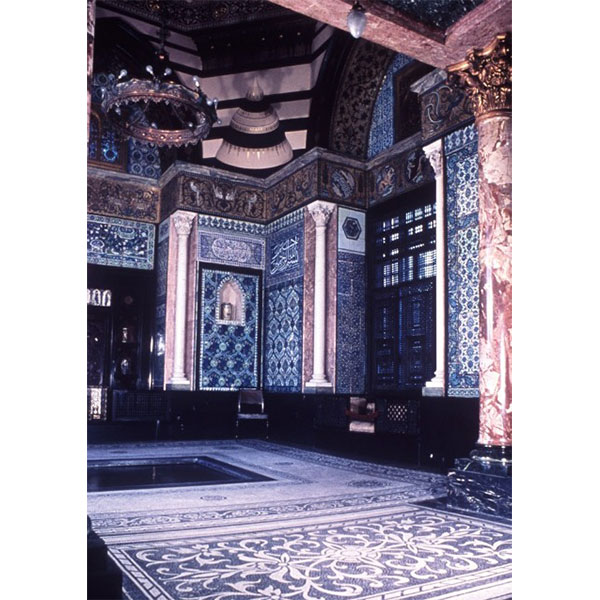
Arab Hall Leighton House Kensington
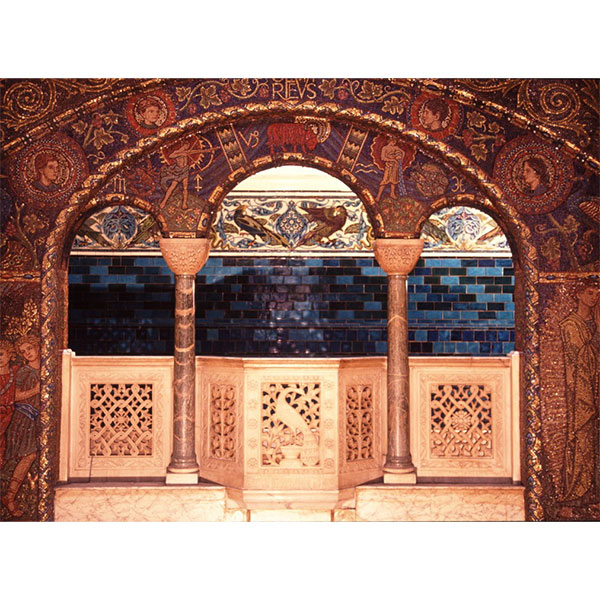
Debenham House
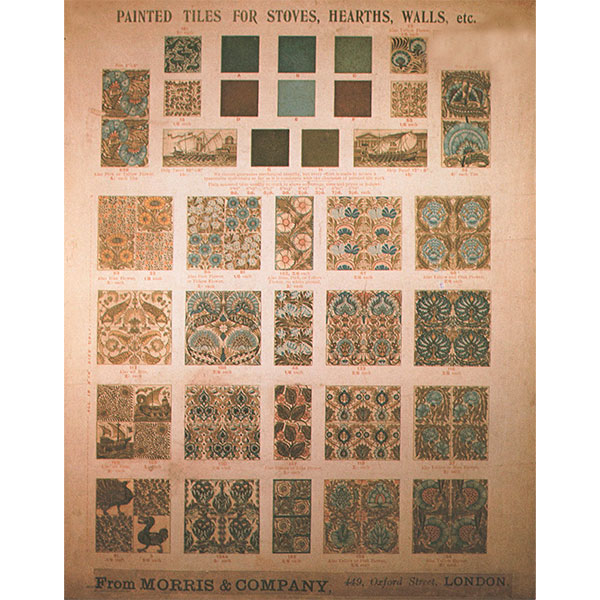
Morris & Co Tiles Post 1882
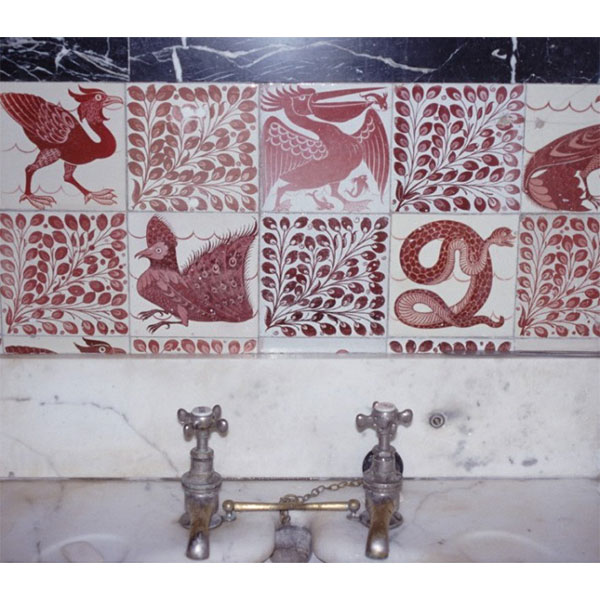
Ruby Luster Tiles Debenham House London
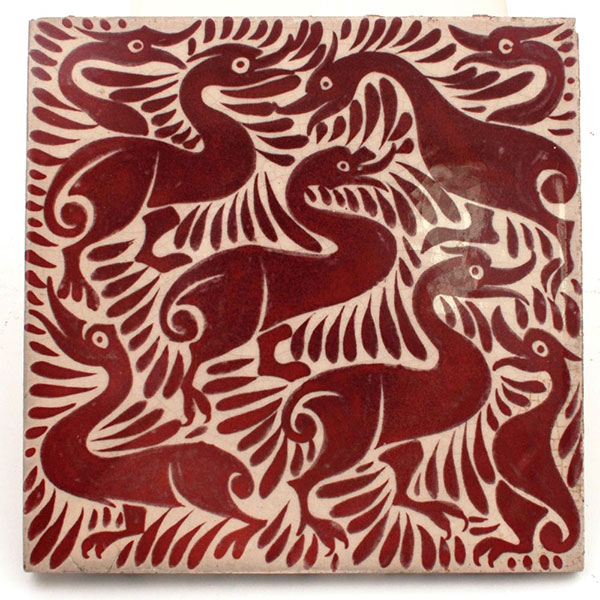
Ruby Luster Fantastical Ducks William De Morgan
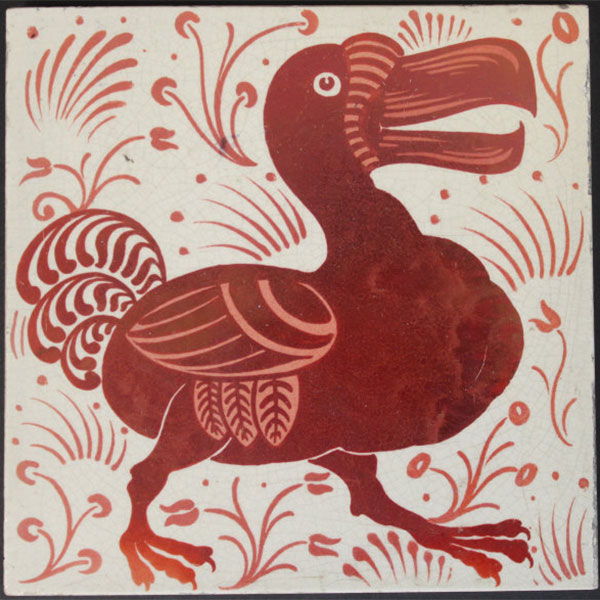
Ruby Luster Dodo Tile William De Morgan
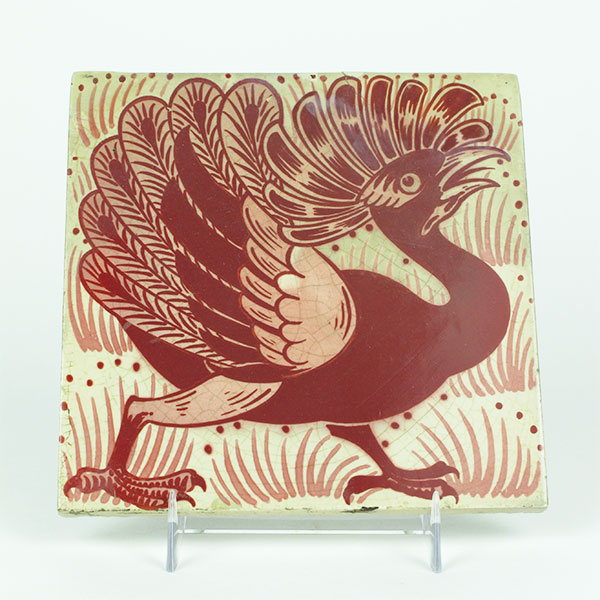
Ruby Luster Peacock Tile William De Morgan
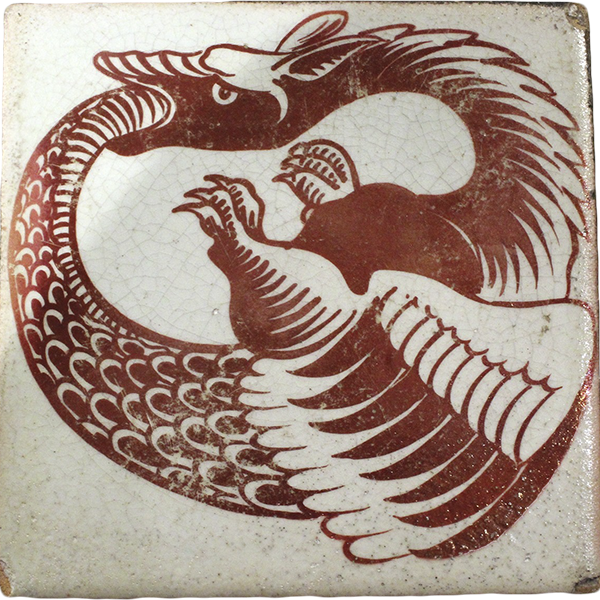
Ruby Luster Ouroborus Tile William De Morgan

Ruby Luster Peacock Tile William De Morgan
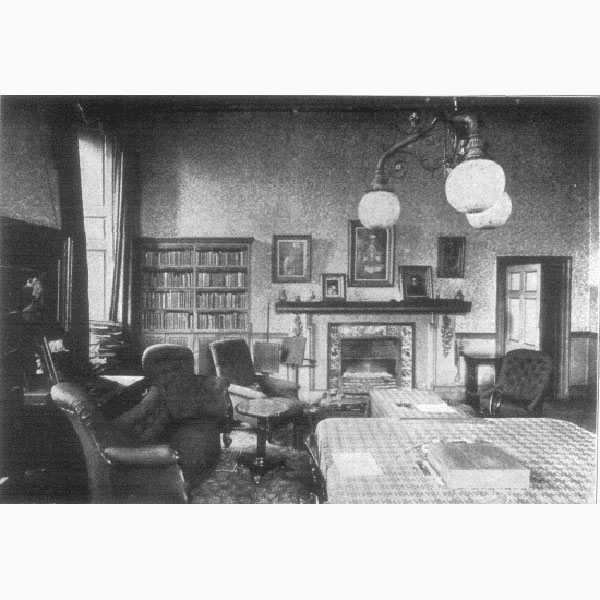
Lewis Carroll’s Study at Christ Church, Oxford
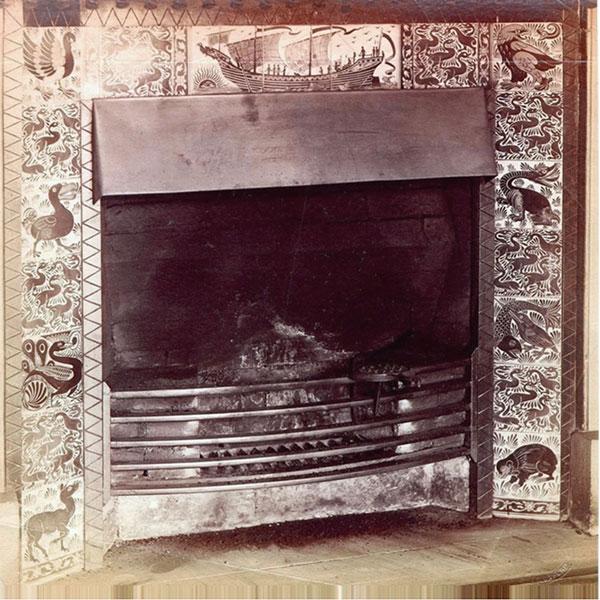
William De Morgan Tiles Lewis Carroll’s Fireplace
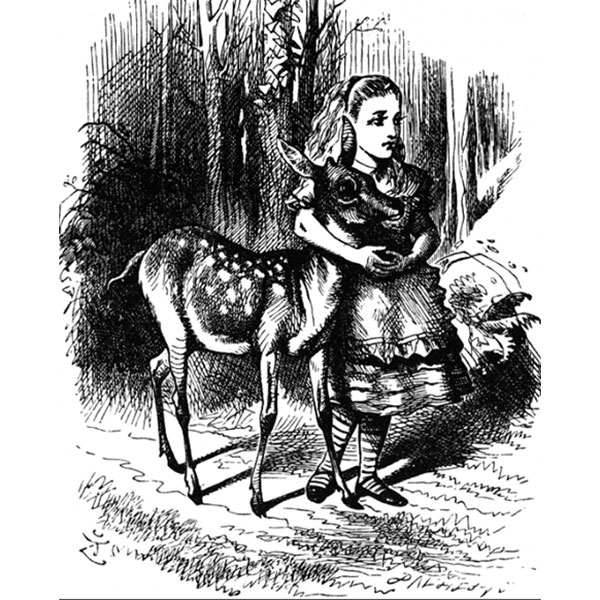
Alice and the Fawn in Through the Looking Glass
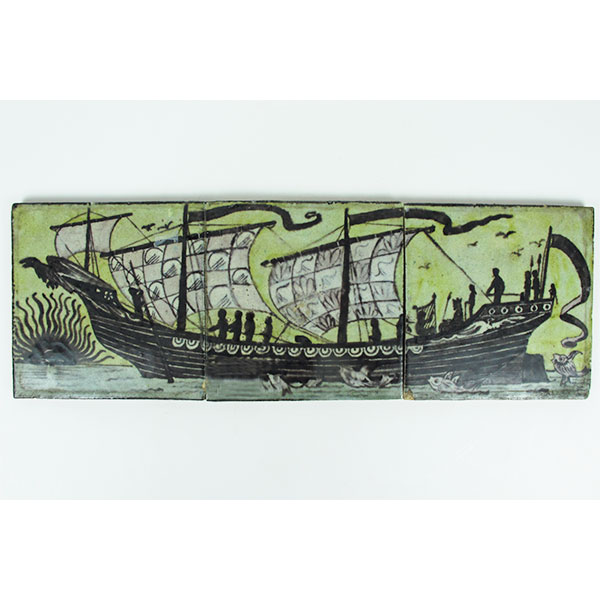
William de Morgan Longboat Tile Panel
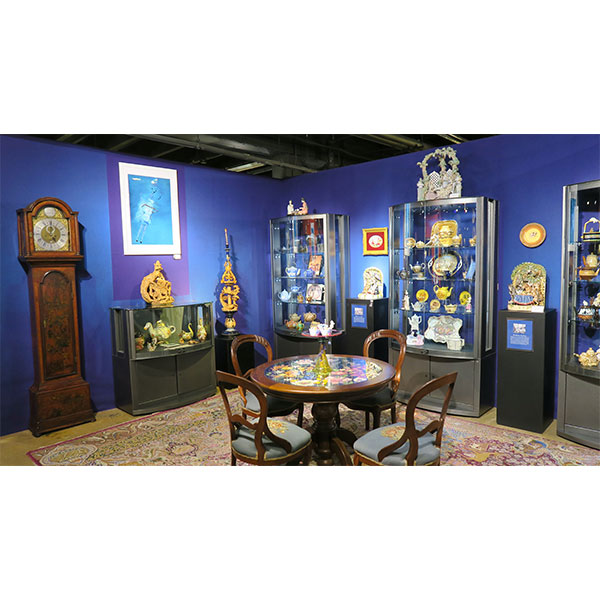
Wonderland in Art of Tea Exhibition WMODA
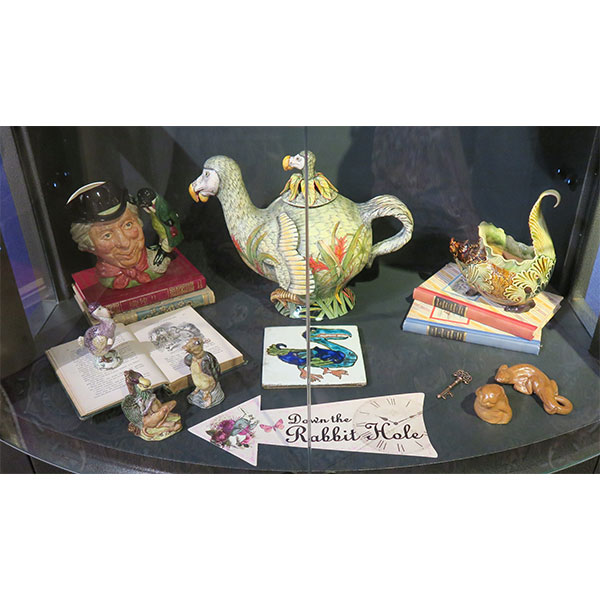
Strange Creatures from Wonderland WMODA
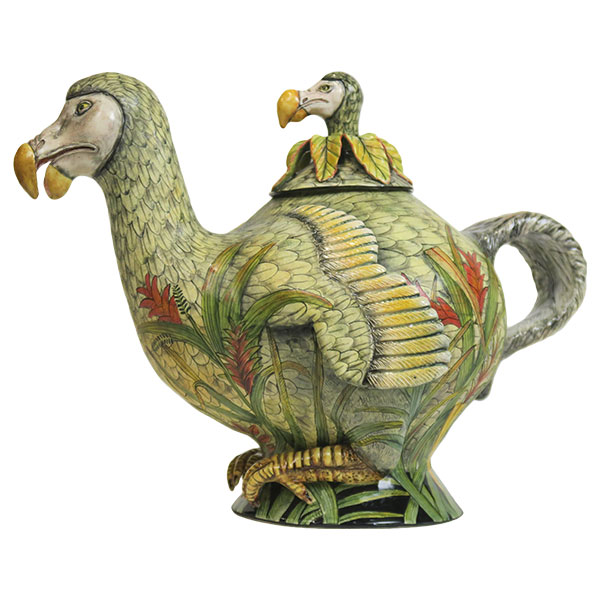
Ardmore Dodo Teapot
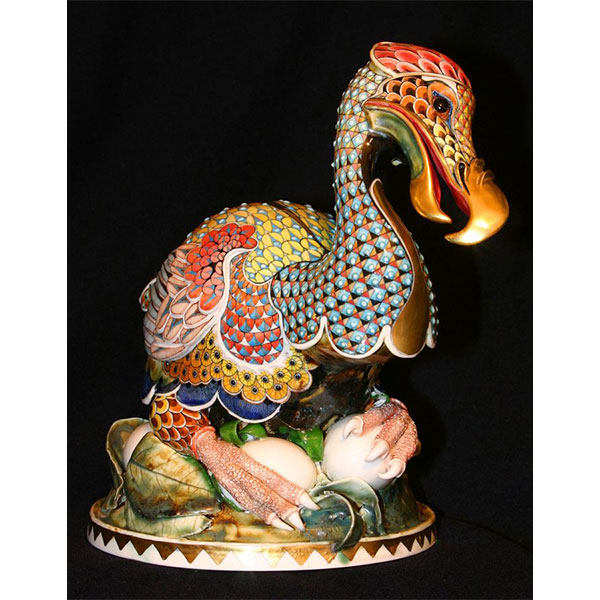
David Burnham Smith Dodo
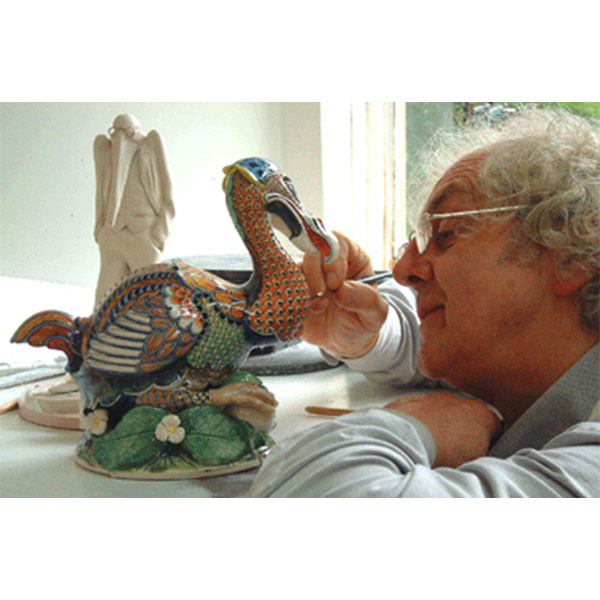
David Burnham Smith Painting a Dodo
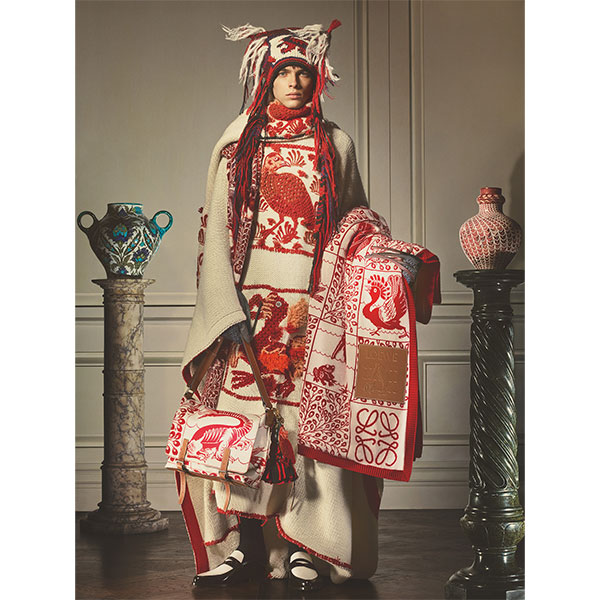
Loewe Fashions Inspired by William De Morgan
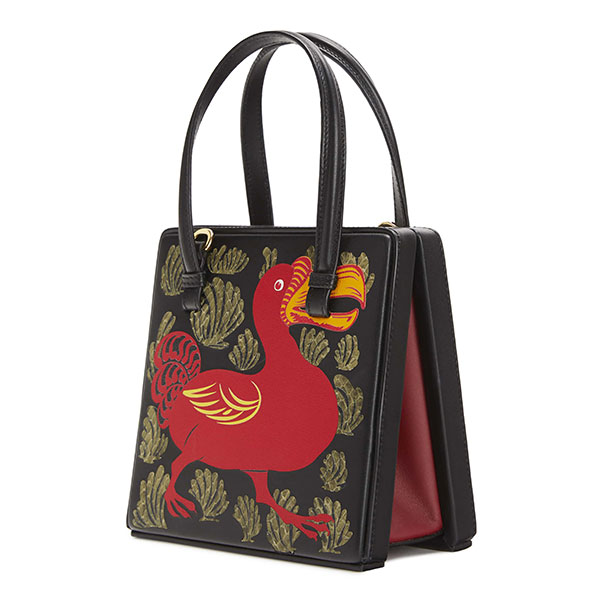
Loewe Fashions Inspired by William De Morgan Dodo Bag
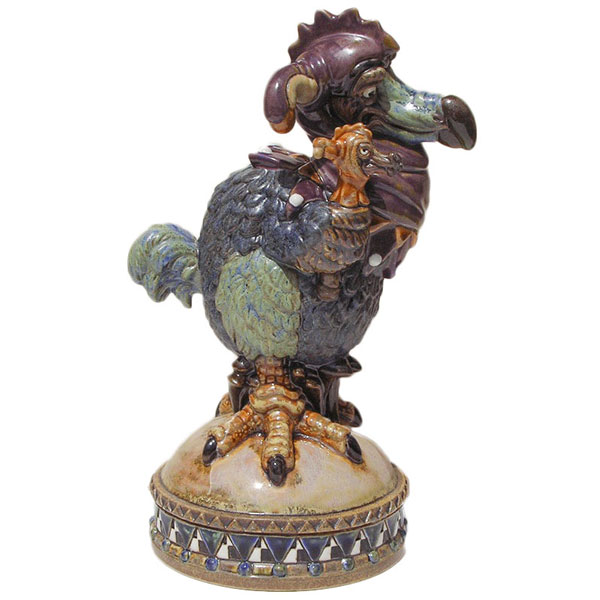
Andrew Hull Jester Dodo
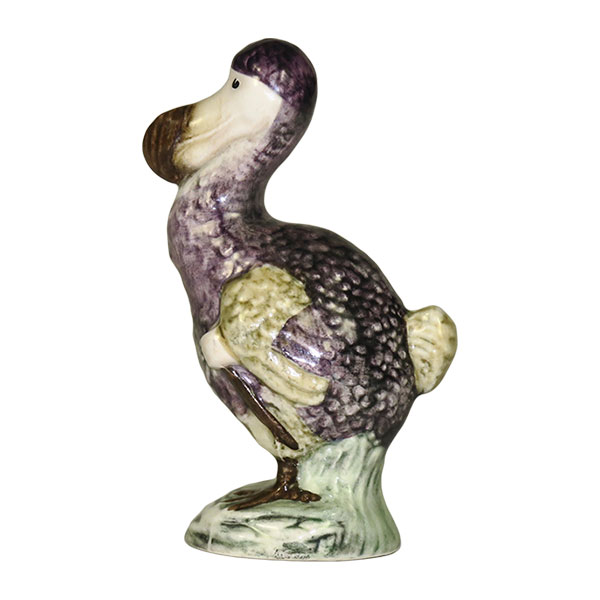
Dodo John Beswick Studio
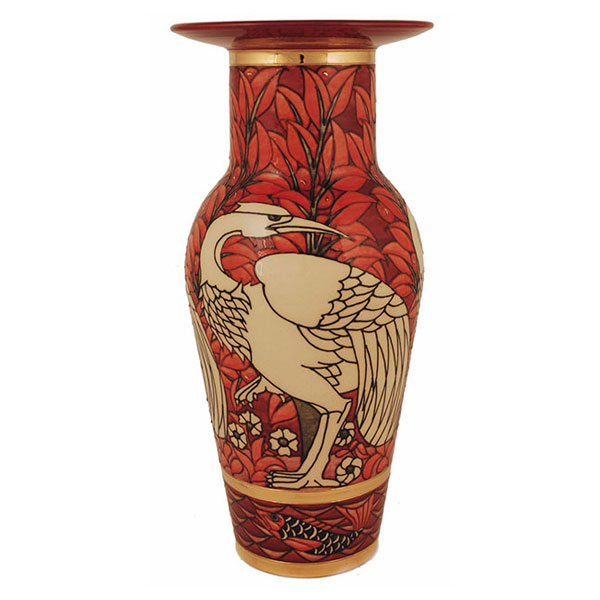
Ruby Luster Sally Tuffin Dennis Chinaworks
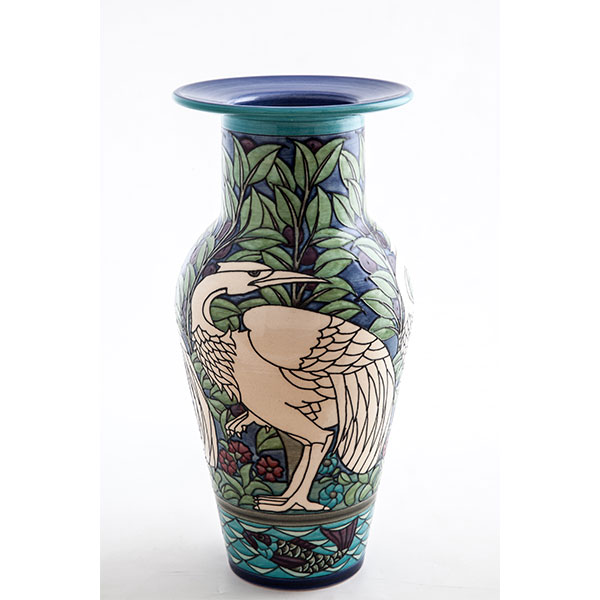
Iznik Style Sally Tuffin Dennis Chinaworks
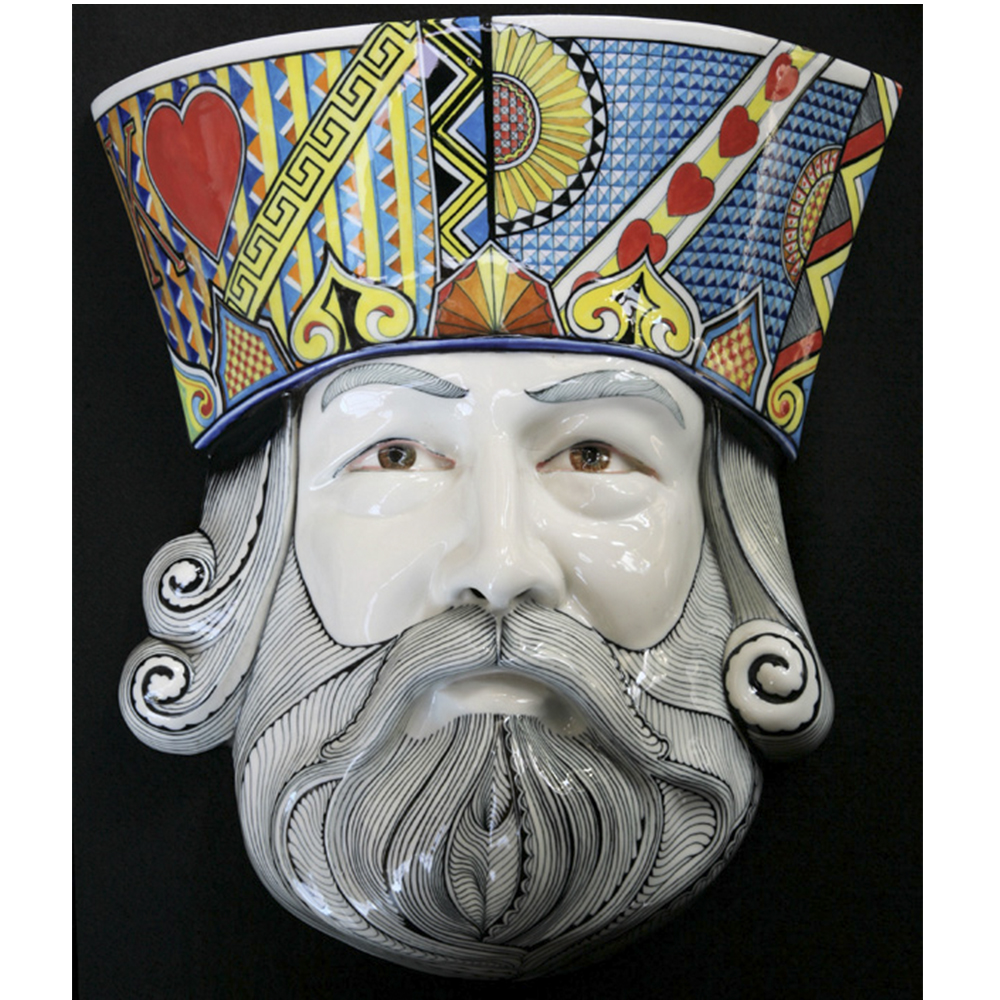
Richard Dennis as King of Hearts D. Burnham Smith
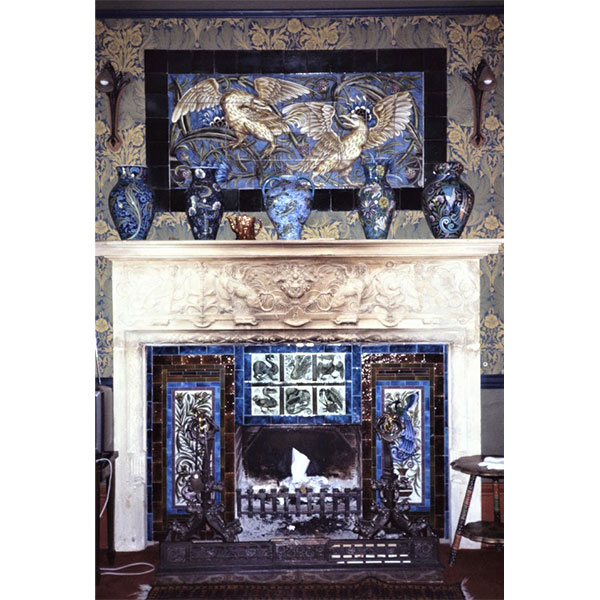
Richard Dennis Fireplace with William De Morgan Pots
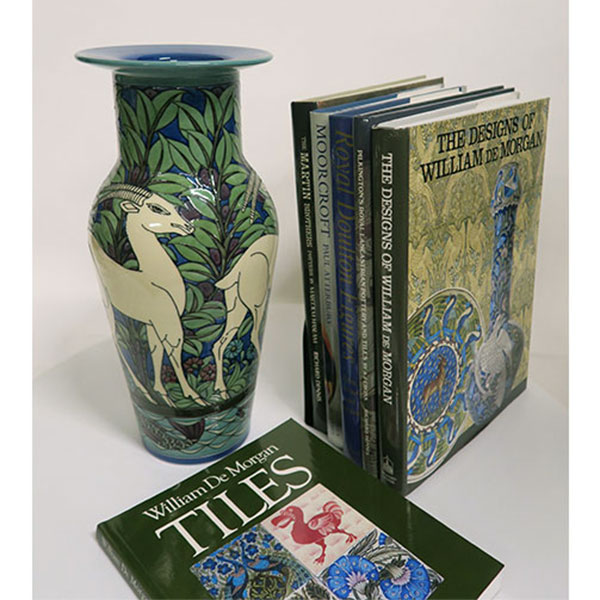
Richard Dennis De Morgan Books
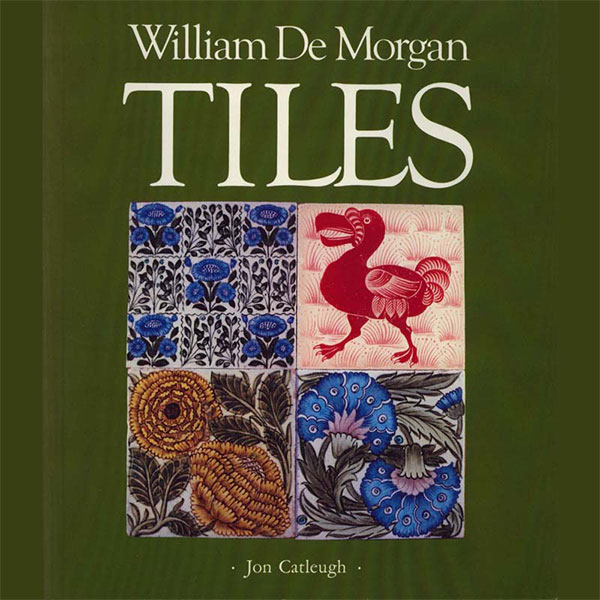
William De Morgan Tiles Book
